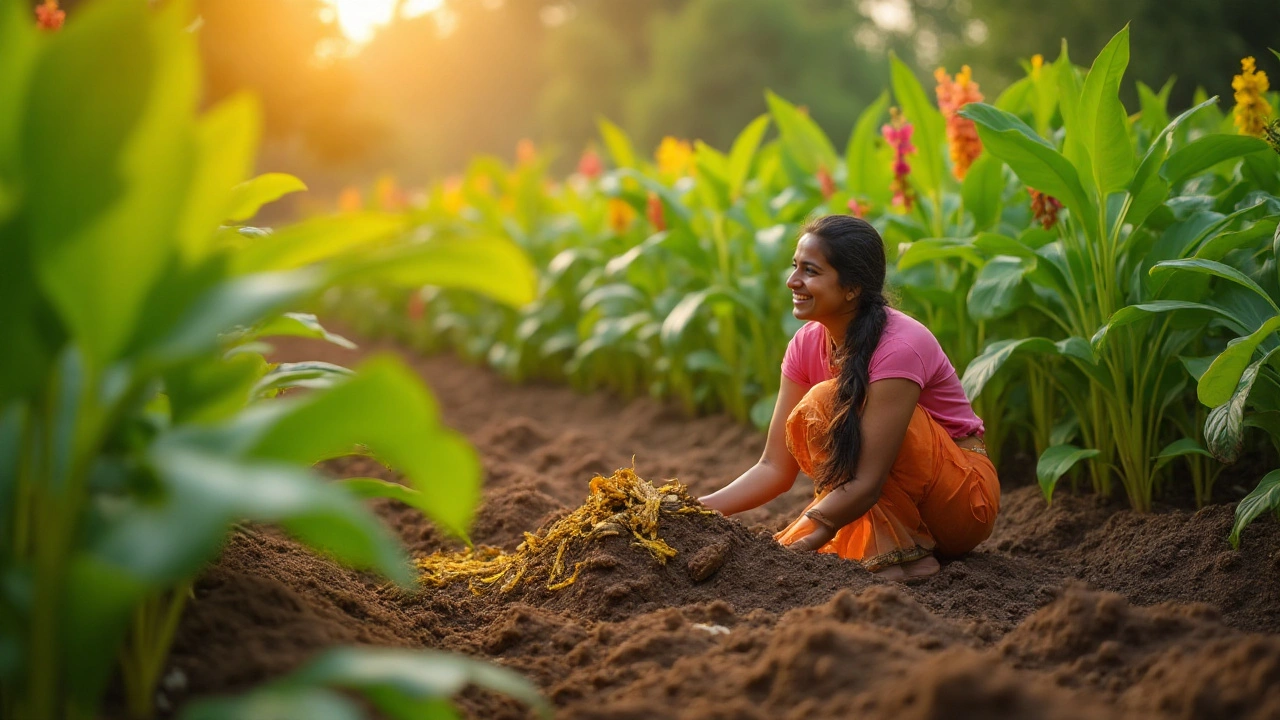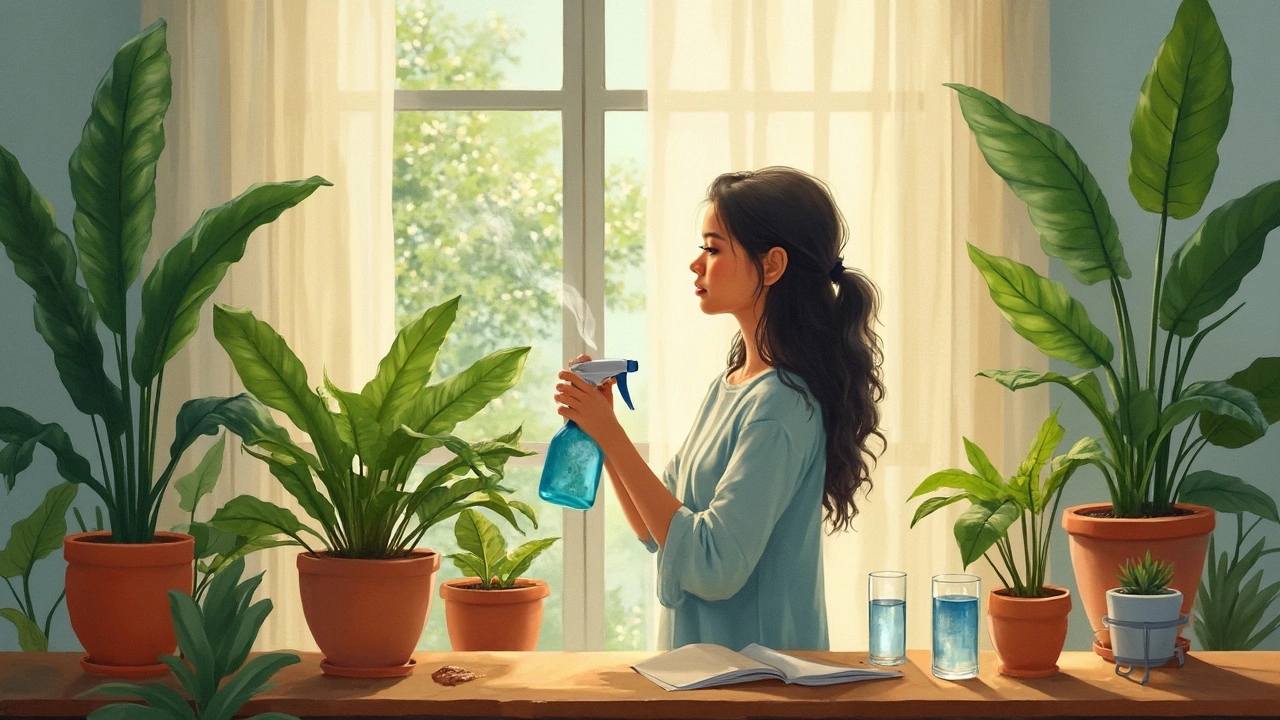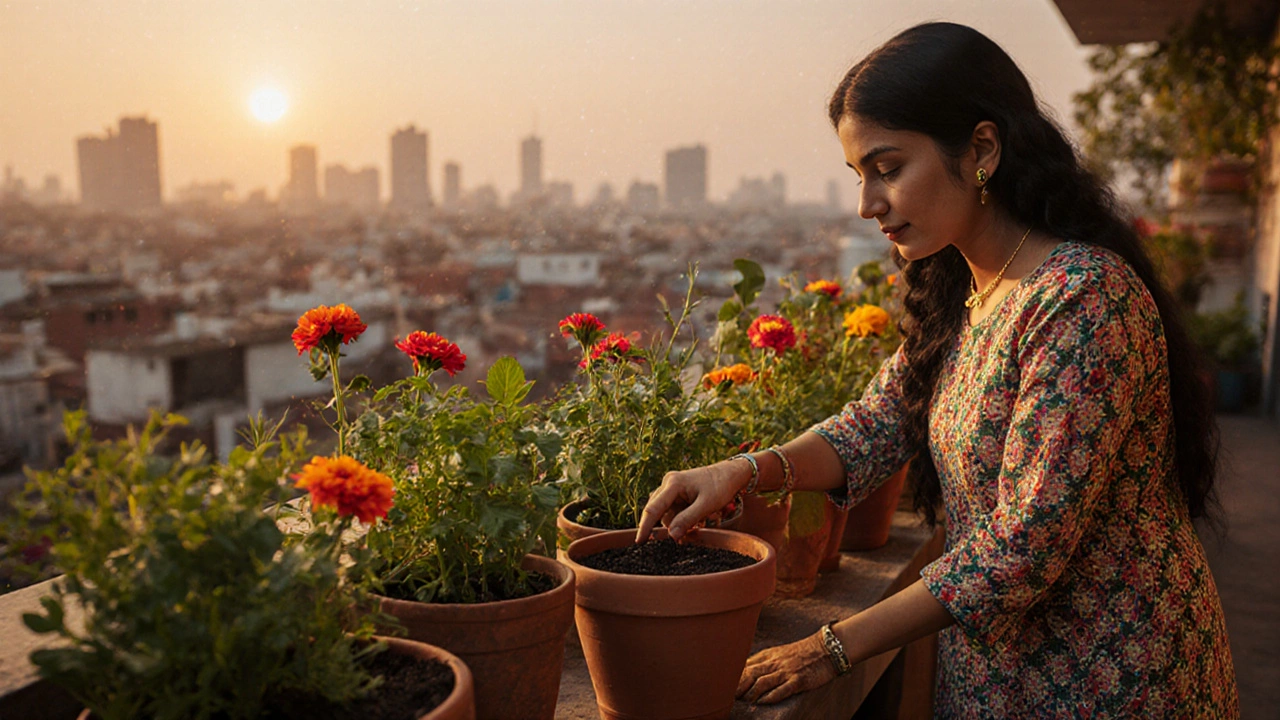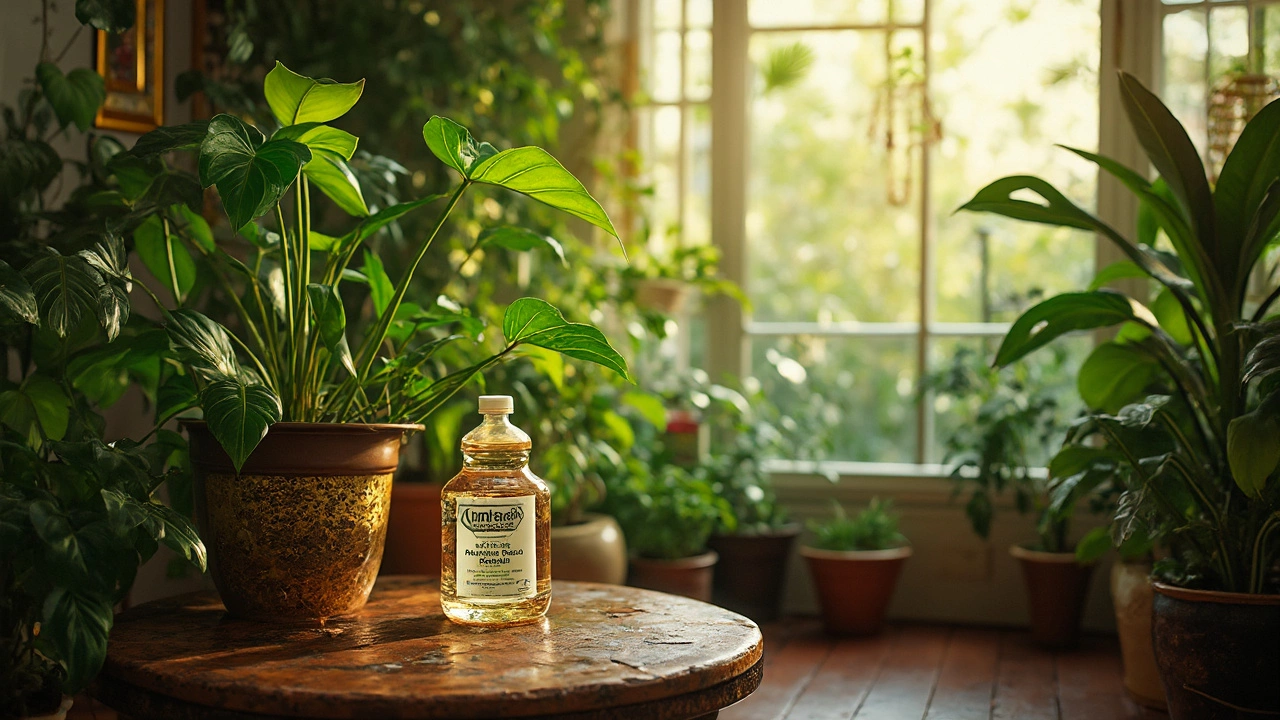Banana Peels: From Kitchen Scraps to Garden Boosters
When working with banana peels, the soft, nutrient‑rich skin left after eating a banana. Also known as fruit waste, they are a natural source of potassium, phosphorus, and calcium that many gardeners overlook. Composting, the process of breaking down organic material into humus turns these peels into stable soil amendment, while organic fertilizer, any plant‑nutrient source derived from living matter uses that humus to feed crops directly. Banana peels enhance soil nutrition (banana peels → soil nutrition) and reduce landfill waste (zero waste cooking → banana peels). By linking kitchen leftovers to garden health, you create a loop that supports sustainable gardening and cuts your trash bill.
Practical ways banana peels power your garden
First, add fresh peels to a backyard compost bin; they decompose faster when shredded and mixed with brown material like dried leaves. The microbes that drive composting requires organic waste (composting → organic waste) break down the sugars in the peels, releasing potassium that later helps fruit plants develop stronger stems. Second, bury small peel pieces near the root zone of tomatoes or roses. As they break down, they act as a slow‑release organic fertilizer, supplying nutrients without the risk of chemical burn. Third, soak peels in water for 24 hours to create a liquid feed; the resulting “banana tea” can be sprayed on foliage to deter some pests, because the scent interferes with aphid navigation. Finally, dry the peels in the sun, grind them into a powder, and sprinkle the powder around seedlings to improve soil structure and moisture retention. These methods show how banana peels intersect with pest control, soil moisture management, and nutrient cycling—all core concepts of sustainable gardening.
Beyond the garden, banana peels fit neatly into a zero‑waste kitchen routine. Instead of tossing them, you can blend them into smoothies, bake them into banana‑flour muffins, or use the skins to polish copper pots. Each culinary reuse lowers the amount of organic waste that would otherwise need processing, reinforcing the idea that zero waste cooking influences garden health (zero waste cooking → garden health). When you combine these kitchen tricks with the gardening practices above, you build a closed‑loop system where every peel becomes a resource. Below you’ll find a curated set of articles that dive deeper into watering schedules, soil rehydration, drip‑irrigation tips, and more—each one showing how small changes, like using banana peels, can make a big impact on your garden’s productivity and the planet’s well‑being.
The Surprising Benefits of Banana Peels for Your Plants and Soil
Banana peels are often overlooked as a garden resource. Their rich nutrient content, especially potassium and phosphorus, can significantly boost plant health and soil quality. By composting or directly applying banana peels, gardeners can improve soil structure and promote healthier plant growth. This article explores the practical applications and benefits of using banana peels in your garden soil improvement strategies.
- manufacturing
- India
- food processing
- garden tips
- rice cultivation
- government schemes
- balcony garden
- urban gardening
- balcony gardening
- profitable business
- business ideas
- plastic manufacturing
- drip irrigation
- plant care
- steel manufacturing
- sustainable gardening
- startup ideas
- steel industry
- flower gardening
- textile manufacturers






